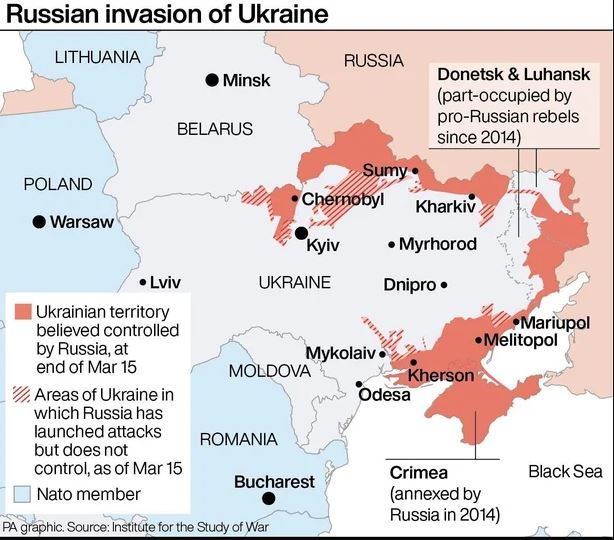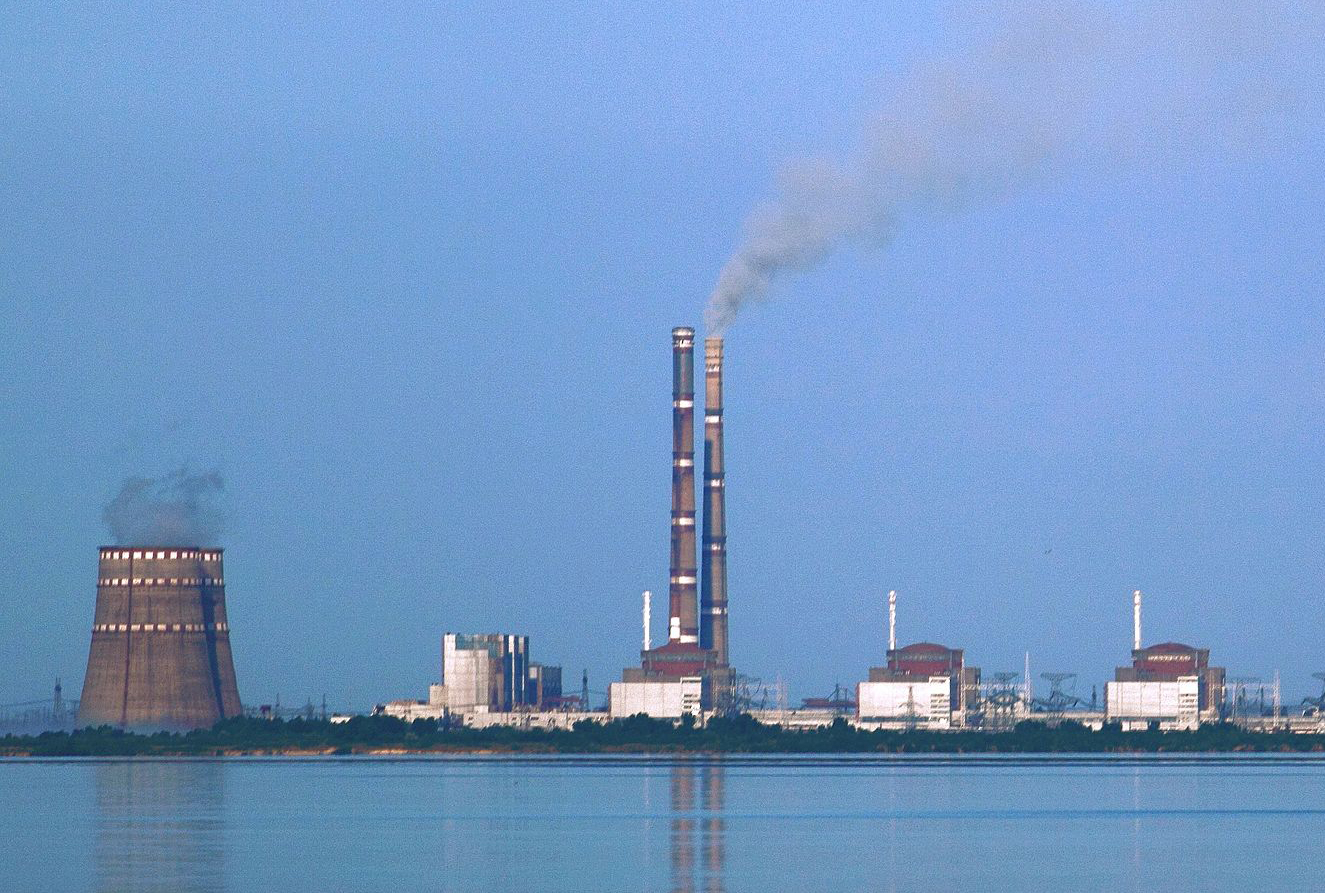What has Happened:
- Progress has been made on a tentative 15-point plan to end the war in Ukraine which would include a ceasefire and a withdrawal of Russian forces if Ukraine would agree to a limit on its armed forces and declares neutrality (similar to Austria or Sweden).
- This plan would require Ukraine to agree not to join NATO and provide a guarantee that it would not allow foreign militaries to establish bases on Ukrainian soil or accept foreign weapons into the country.
- However, Ukraine would be able to continue to maintain its own military.
- In exchange, Ukraine would accept protection from allies such as the U.S., the UK, and Turkey.
- The real questions include what the security guarantees would look like (and if Russia would accept this type of agreement) and how effective it would be as there was an agreement established in 1994 and that did not deter Russia from invading last month.
- Whether these talks result in a ceasefire or a more formal agreement remains to be seen and the threat still exists that Russia is using these discussions as a front to regroup and continue their offensive.
- While Russian forces have been bogged down and the invasion is behind schedule, the shelling of Kyiv continues, and Ukraine is in the process of launching a counter offensive.
- President Zelensky addressed the U.S. Congress earlier today in a plea to ask for more assistance, including the implementation of a no-fly zone.
Why it Matters:
“Any negotiated settlement requires an immediate third party (think UN sanctioned) observer force to keep the peace as specified in a ceasefire agreement. Longer-term neutrality and security guarantees are still problematic. Agreements must be enforced. If Russia’s aggression resumed post the security agreements, it still would place NATO in a potential shooting war with Russia. A security guarantee could be interpreted as tantamount to NATO membership.” – General James “Spider” Marks



